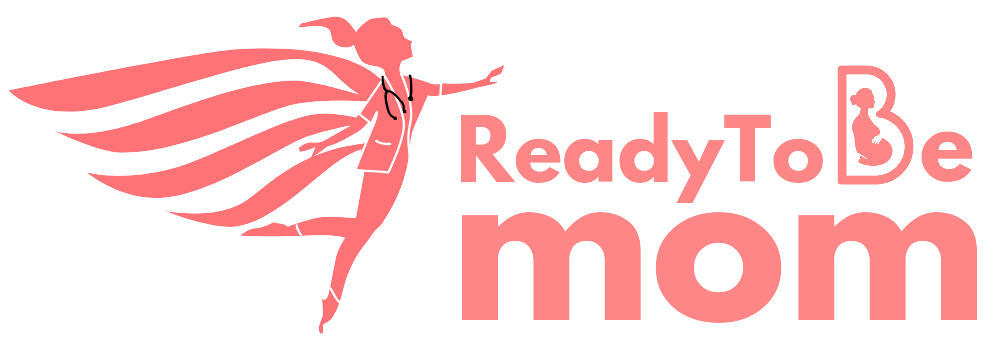During labor and delivery, you can expect a range of physical and emotional experiences. Every woman’s labor and delivery experience is unique, but there are some common things you can expect to happen. Here are some of the things you may experience during labor and delivery –
During active labor, your cervix will dilate from 6 centimetres (cm) to 10 cm. Your contractions will become stronger, closer together and regular. Your legs might cramp, and you might feel nauseated. You might feel your water break — if it hasn’t already — and experience increasing pressure in your back.
- Contractions – As labor begins, you will likely start to experience contractions. These are tight, squeezing sensations in your abdomen that come and go. Over time, they will become stronger and more regular. Contractions can last up to 60 to 90 seconds and are approximately 2 to 5 minutes apart.
- Cervical dilation – Your cervix will gradually start to open or dilate as your labor progresses. During active labor, your cervix will dilate from 6 centimetres (cm) to 10 cm. It might feel something like the cramping ache you have just before, or at the start of your period.
- Labor pain – Pain during labor is caused by contractions of the muscles of the uterus and by pressure on the cervix. Labor pain can be very painful, and you may experience a range of sensations, from cramping to intense pressure to sharp pain. This pain can be felt as strong cramping in the abdomen, groin, and back.
- Position changes – Most women will move around a lot during labor and will change position as their labor progresses and the baby changes position. Changing positions may help ease the pain and encourage your baby to move down the birth canal. It may also help you help you find the best position for giving birth.
- Pushing – Once you are fully dilated, you will start to push your baby down the birth canal. The pushing stage can be exhausting and uncomfortable. Most women will feel increased pressure in their perineum (patch of skin between the lower end of the vagina and the anus), rectum, and low back at this stage. This can take anywhere from a few minutes to several hours.
- Childbirth/Delivery – When your baby’s head is visible, your doctor will guide you through the final pushes to deliver your baby.
- Placenta delivery – After your baby is born, you will need to deliver the placenta, which usually takes a few minutes. Delivery of the placenta is known as the third stage of labor. It is important that the entire placenta be delivered. Retained placenta can cause bleeding and other unwanted side effects.
In conclusion, labor and delivery can be a challenging and emotional experience, but it’s also an incredibly rewarding one. After your baby is born, you will likely experience a range of emotions, from excitement and joy to exhaustion and anxiety. Your doctor will help you through the postpartum period, including delivering the placenta, monitoring your bleeding and vital signs, and helping you with breastfeeding. By understanding what to expect and having a support team in place, you can approach the experience of labor and delivery with confidence.





